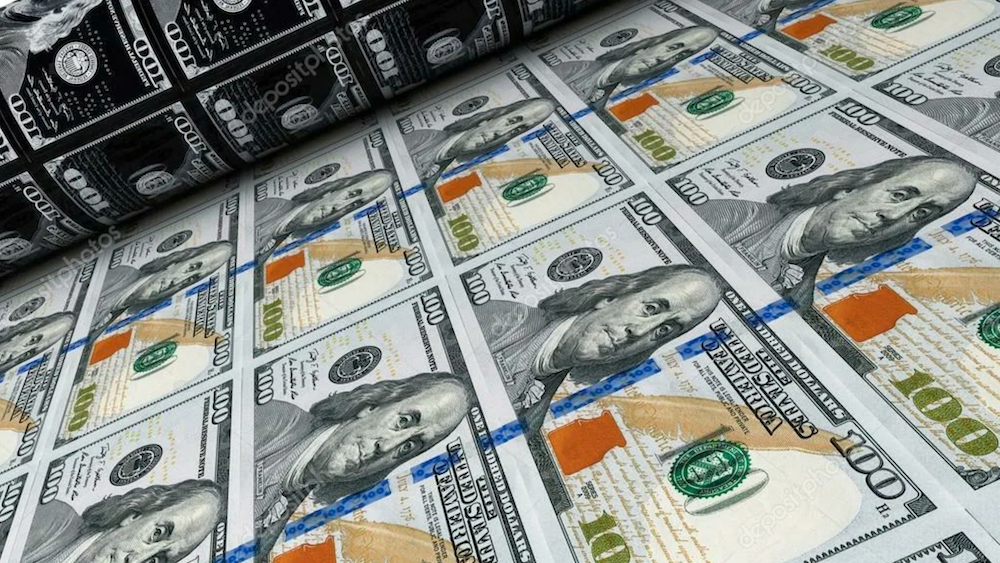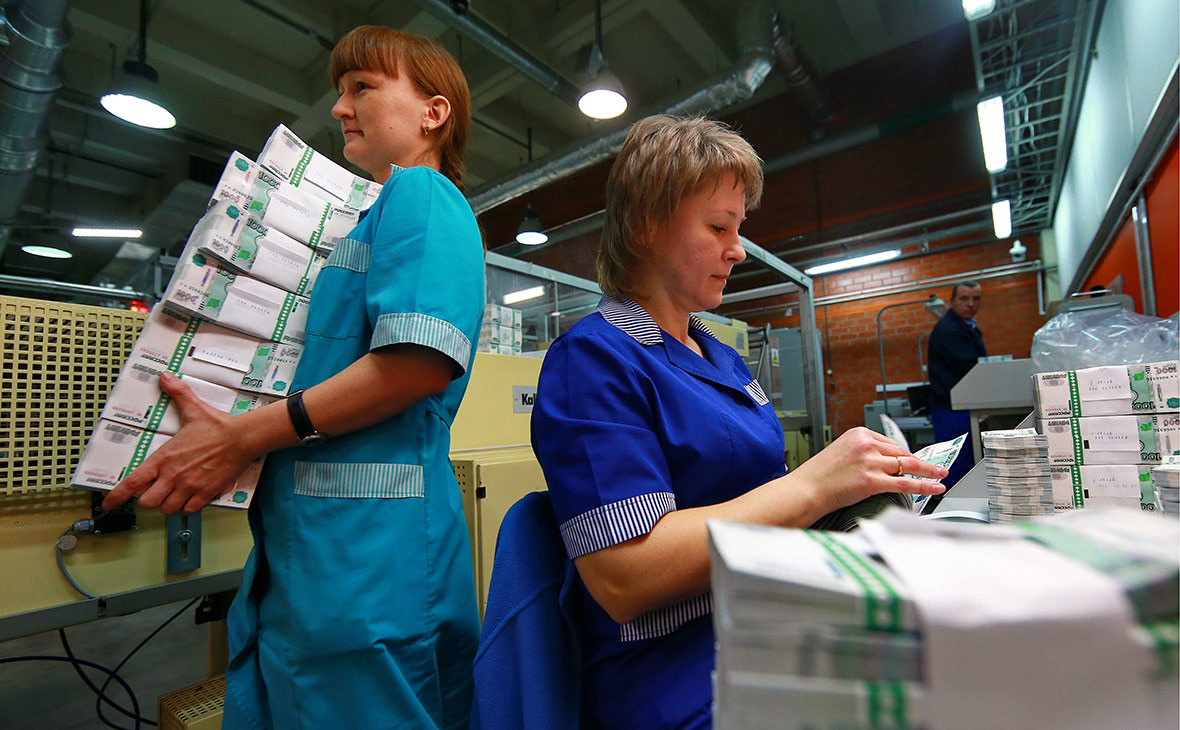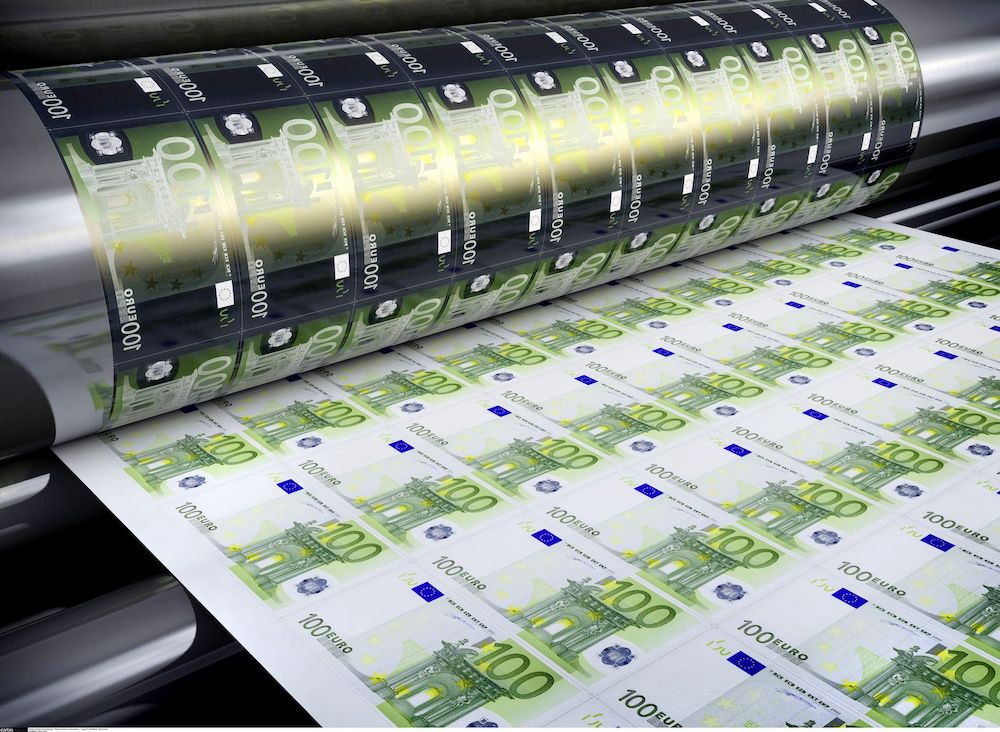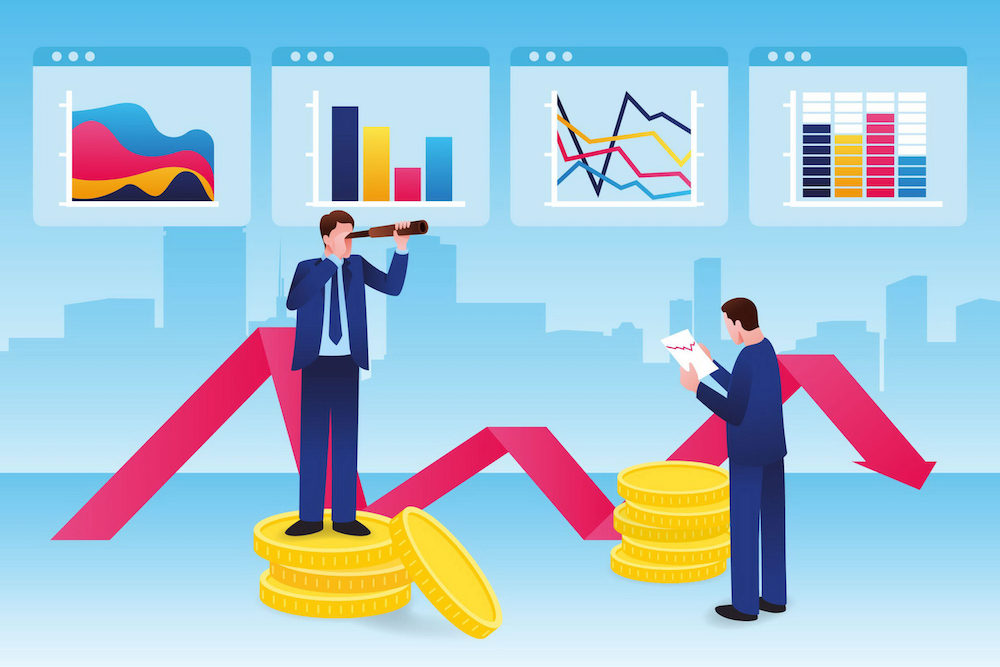Where does money come from in our world and under whose control?

Many of us refer to the concept of “money” — coins and banknotes, but there are already some copies in circulation that do not ring or crunch.
Let’s dive a little bit into the story. The role of money at different times and in different parts of the world was played by cereals, animal skins and horns, tea, fabrics, etc. However, as time passed, monetary relations developed and improved, and as a result, money appeared, with which we now make various calculations.
Who makes money?
In many countries, the national bank of the country is responsible for issuing banknotes, which, if necessary, starts the production of money. The bank’s task is to estimate the amount of money that the economy needs. The bank not only predicts the amount of money that needs to be printed, but also plans to buy it on a monthly basis. What does it mean? The bank calculates how many banknotes should be issued with a face value of 500 hryvnias, and how many-100 hryvnias, in which banknotes to send money to the southern regions, and which to the north, etc.
Where does the money come from?
Physical money is only a fraction of the money available in the country. The remaining funds have a non-cash form. In this case, we are talking about records on bank accounts of individuals and legal entities. Where does non-cash money come from? They are created by commercial banks.
Let’s say you opened a deposit in a bank and put your money on it, for example, 20 thousand hryvnias. They are no longer yours, but the bank’s. They will use them, give them out on credit to other people, and pay you a certain percentage for this. But you can remove them at any time. Thus, it turns out that the amount of money increases, but its physical volume remains unchanged. This means that you have 20 thousand hryvnias stored on your account and you get a percentage for it.

The amount of money in a country is determined based on the following factors::
- the level of development and distribution of modern payment instruments, which include bank cards, payment via mobile communication, via the Internet, etc.;
- payment system infrastructure.Availability of a sufficient number of ATMs, POS terminals, and card acceptance devices in the country;
- the scale of the economy and its requirements;
- attitude to cash in the country.
If the first points do not require an explanation, then the last one may cause confusion. In fact, people in different countries perceive cash differently.
For example, in Switzerland, people like cash. There are many stories about indigenous people who keep huge amounts of cash at home. One of them is about how the house burned down, and with it all the fortune hidden behind the fireplace. However, the story had a happy ending, the burnt remains of the bills were restored by numbers, and the central bank returned the money to the owner.
In Sweden, citizens are more indifferent to coins, and try to use less cash. Currently, over 95% of purchases are paid in non-cash form, using electronic payments.
The need for cash decreases every year, and this trend is observed in all countries. The development of modern payment instruments has contributed to the fact that people prefer payment cards or mobile devices.
One of the most common types of non-cash money today is their electronic counterparts. Nowadays, many online stores accept payments via e-wallets. This form of payment is very convenient, and it significantly facilitates transactions, since it does not require the client to open a bank account.
No one knows how much money the country needs, and this figure does not matter. For the economy, indicators such as dynamics, growth rate, or reduction in the amount of money are important. With an economic boom, the money supply in a country grows, and with a recession, it decreases accordingly.
For example, in times of crisis, there is a colossal compression of the volume of money. Under normal economic development, the money supply continues to grow. Hence the conclusion: the more actively the economy develops, the more it requires funds.

But it also happens that there is excess money. The National Bank monitors the money supply in the country. If the growth rate of the amount of money exceeds what was predicted, then there is a risk of inflation. Why did this happen? This issue is handled by the National Bank.
For the national bank, the amount of money is not critical, but it is a very important indicator of the state of the economy. The bank does not aim to manage the money supply, as this point is determined by the economy itself.
How is money made?
Money paper is usually made from linen and cotton. First, the cotton is loaded into the boiler, where it is kept under high pressure for some time. Then the finished fibers are drained into a tank, where they are clarified and purified. After that, the resulting mass is pressed, placed in special devices-softeners. At the next stage, a special paint is added, which changes the shade of the paper that has not yet dried. At this stage, recognition watermarks are created. The sheets prepared in this way are sent for drying, the finished paper is rolled into a roll.
In addition to paper, special dyes, equipment, and chemical compounds are also needed. To date, there are several ways to produce paper bills, which means that not all countries use the same printing method.
Paper money, as a rule, has several degrees of protection, and various watermarks are used for this purpose.














Leave a Reply